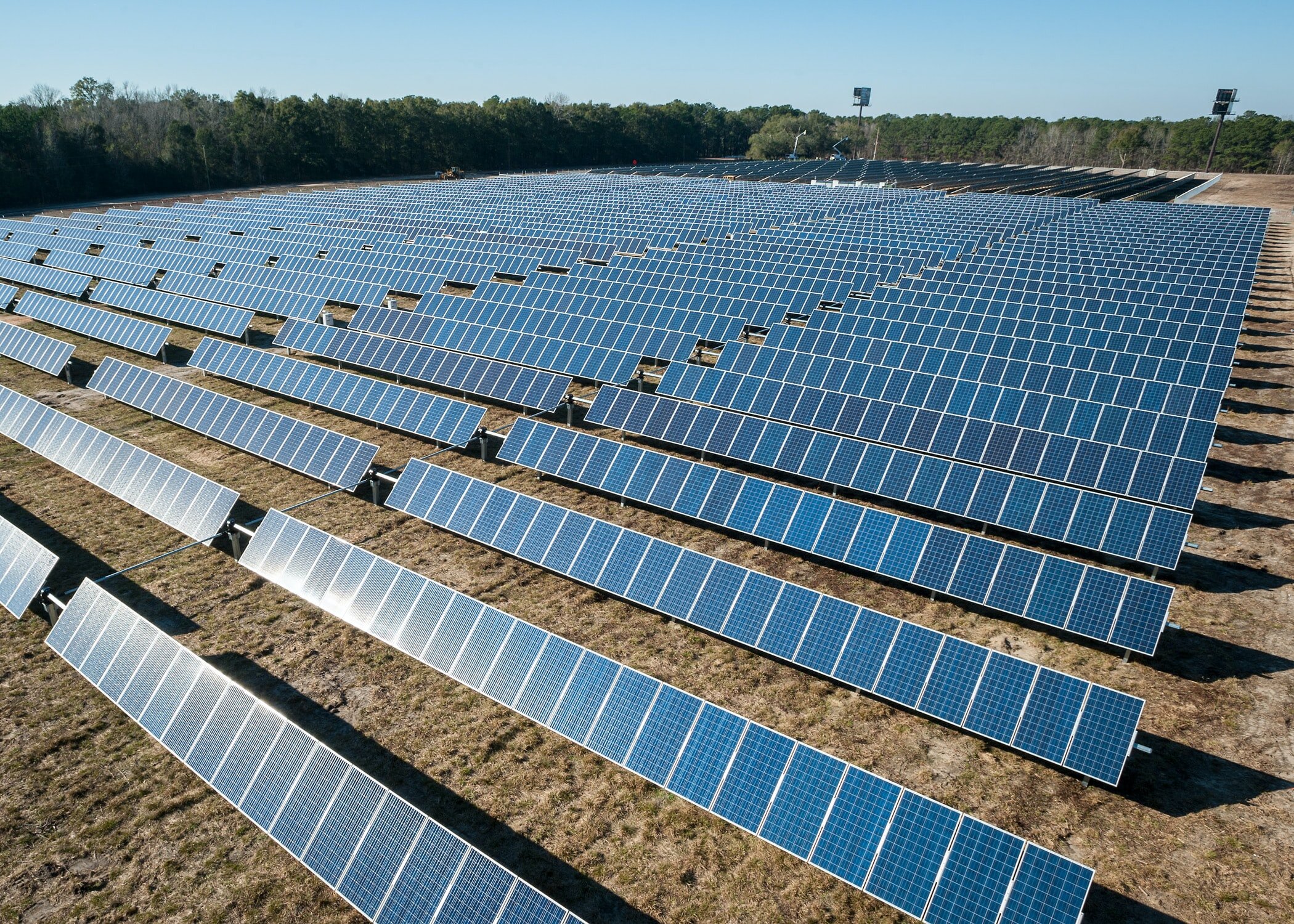
Renewable Electricity Generation
Renewable electricity is generated through natural processes that replenish constantly. Electricity can be generated from solar power, hydropower, biomass, geothermal energy sources, and others. As public sentiment toward traditional energy sources like coal worsens, renewable electricity generation is poised to grow exponentially in the coming decades.
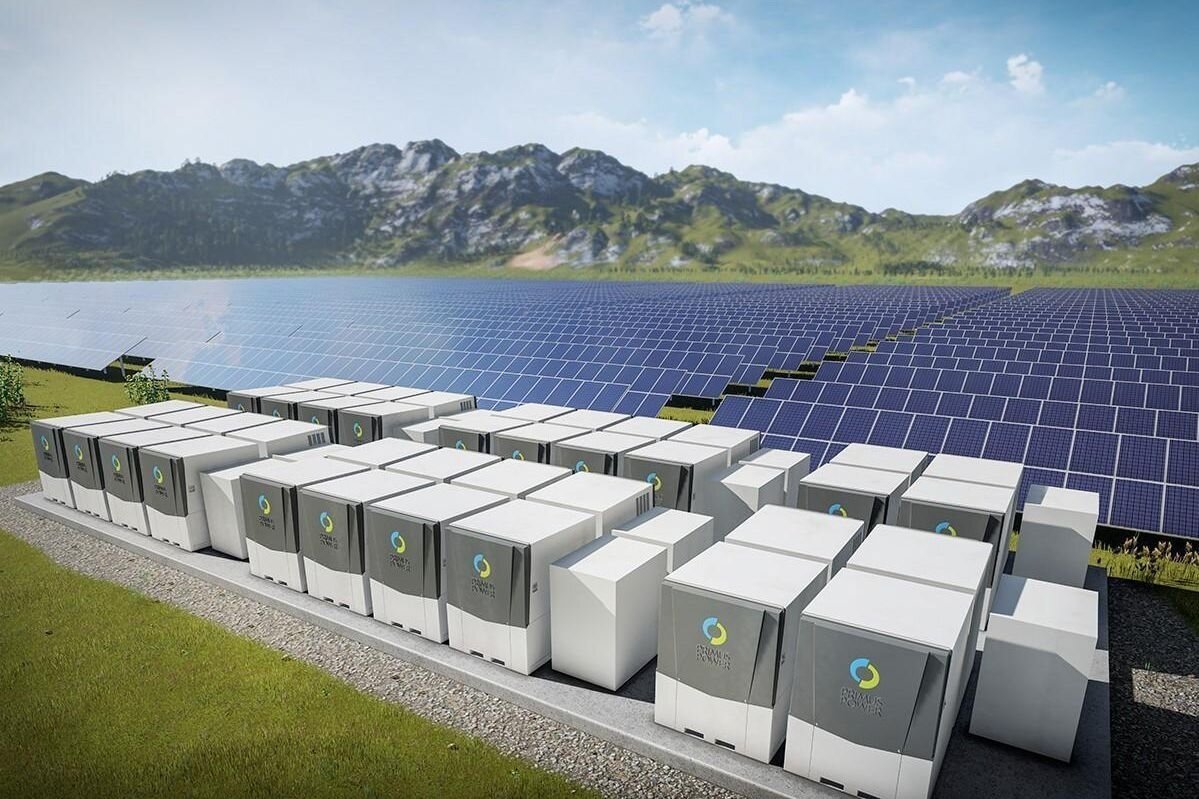
Energy Storage
A crucial step toward realizing a renewable energy future is effective energy storage. Whether storing energy derived from natural sources or from hydrogen, energy must be stored properly and in a way that mitigates intermittency issues. Energy must be stored effectively and efficiently in order to allow for further deployment of green energy systems.
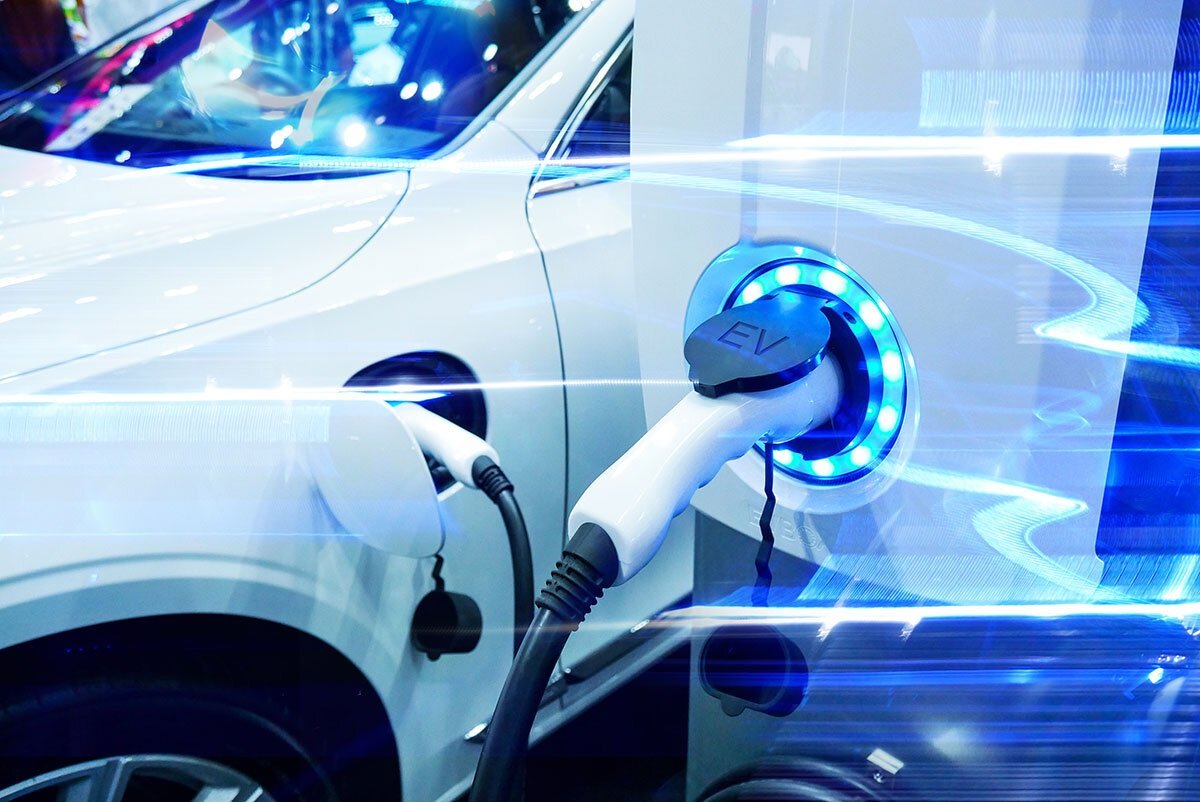
Renewable Hydrogen
Hydrogen is one of the cleanest and most abundant sources of energy. If harnessed properly, hydrogen has the potential to offer very clean energy to all aspects of the transportation sector.

Low-Carbon Fuels
Although the distant future may see a world powered entirely by carbon-free renewable energy sources such as wind and solar, technological and infrastructural constraints currently make for a world still reliant on fossil fuels. Consequently, before fossil fuels are entirely phased out, the opportunity to make these fuels less carbon intensive exists.

Smart City
Smart cities make use of advanced technologies to make urban environments more energy efficient, cleaner, and more accommodating.

Building Energy Efficiency
Buildings produce approximately 40 percent of greenhouse gas emissions in the United States. Using proper benchmarking and innovative technologies, buildings can drive down that percentage.

Industrial Energy Efficiency
Industrial companies can improve their energy performances through the adoption of novel methods and through innovative solutions to long-lived problems.

Alzheimer's
Advances in modern medicine have allowed adults to live longer, but this trend has been accompanied by increases in age-related diseases and healthcare costs. Of the many diseases associated with aging, Alzheimer’s disease is one of the most tragic.. First diagnosed in the early 20th century, Alzheimer’s is a leading cause of dementia and death around the world. Researchers are still trying to understand the mechanisms that underpin the progression of Alzheimer’s disease and its cause.

Opioids
Opioids with high addictive potential have flooded the U.S. over the last decade. The addiction crisis has reached epic proportions, causing not only millions of deaths but also tremendous costs to society. Attempts to address the opioid crisis have been wide-ranging but insufficient. Expanded insurance coverage for behavioral health treatment has made an impact, but much more is needed to alleviate the pain of affected communities.
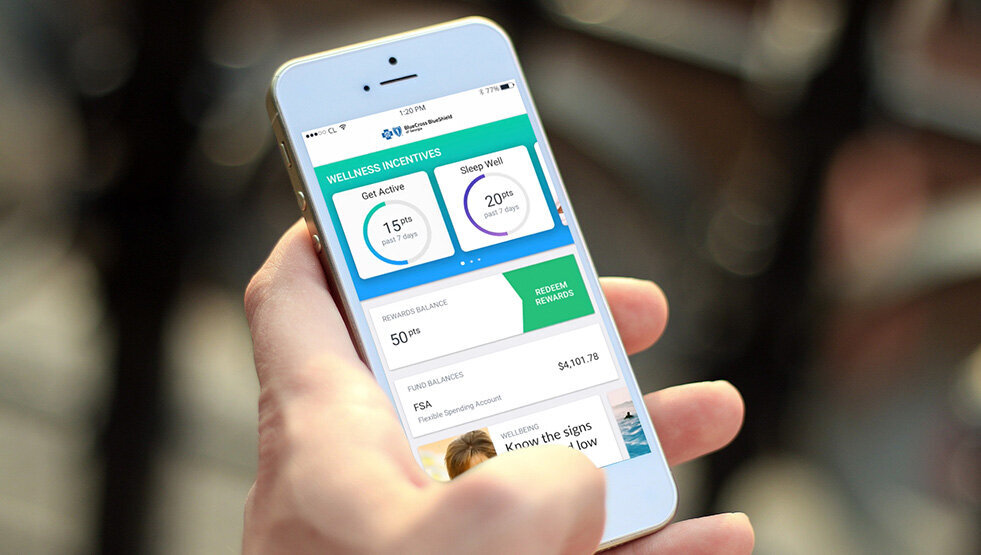
Personalized Digital Health
Advances in medicine have recently created the potential of personalized healthcare at the touch of a fingers. Technology allows healthcare professionals to constantly monitor patients’ condition and deliver treatment, without wasting time and resources on unnecessary transportation.

Diabetes
Nearly 465 million people have diabetes globally — a figure that is projected to expand rapidly over the next 25 years. New treatments and diagnosis tools will be crucial to managing diabetes.
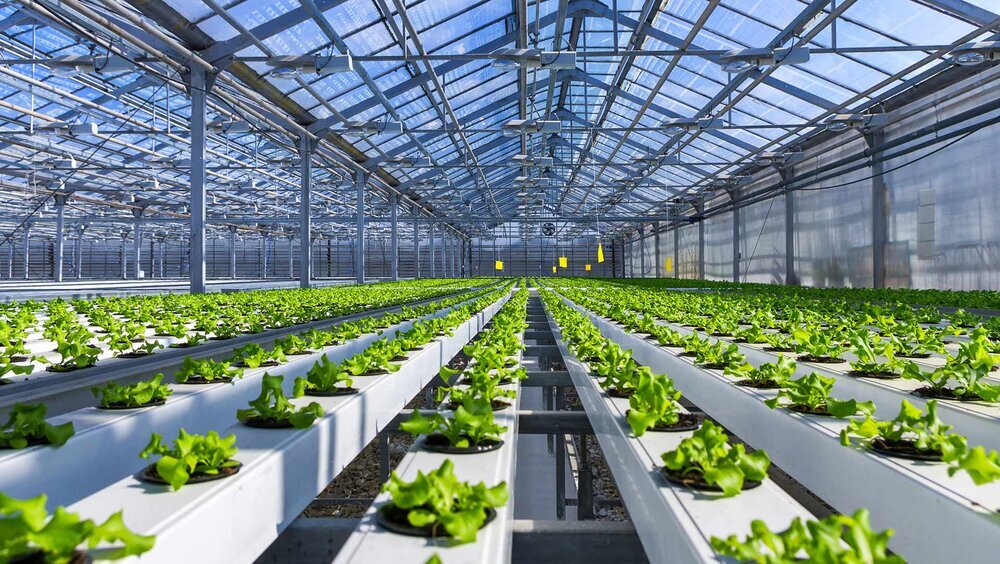
Sustainable Agriculture
Sustainable agriculture holds the promise of meeting the world’s food and textile demand in energy-efficient and sustainable ways. With an advanced knowledge of a variety of ecosystems, sustainable agriculture experts are able to combat a global food crisis with production methods and technologies that seek to minimize negative environmental impacts while generating a positive return on investments.

Food Products
In countries with economic prosperity, there is growing consumer awareness of, and interest in, sustainable food products. New growing, harvesting, and packaging methods have allowed for significant advances in the sustainable agriculture industry. Changing consumer behavior and interest in alternative food sources — due in part to health and environmental concerns as well as animal welfare — have made way for growth.
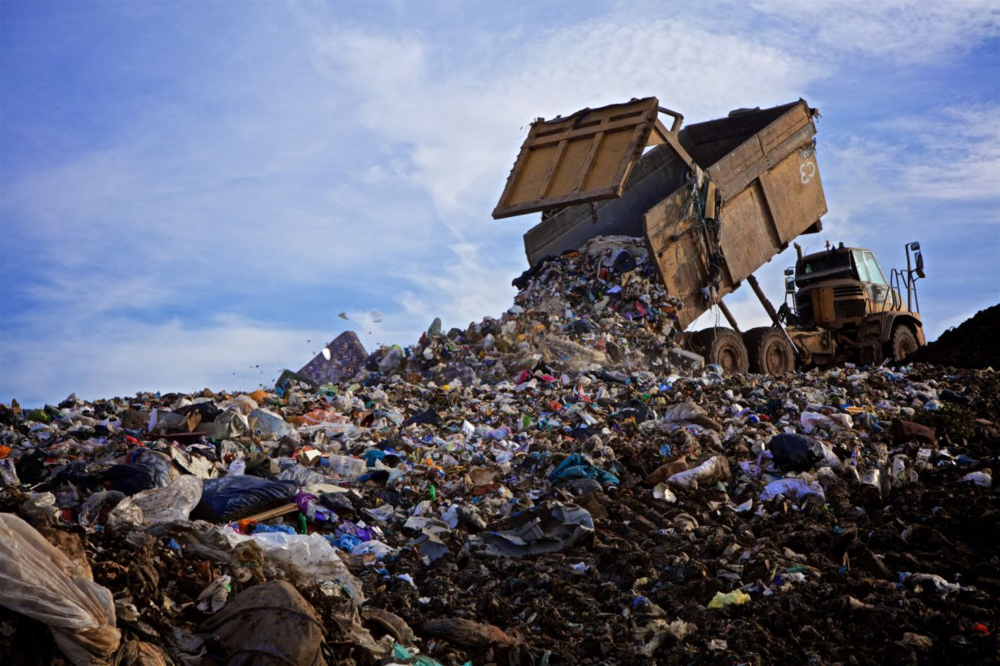
Waste to Value
Waste-to-value, a form of circular economy, is the process of generating value in the form of materials from the primary treatment of waste, or the processing of waste into a fuel source. As humans produce more waste, innovative ways of using it to create value will be crucial.
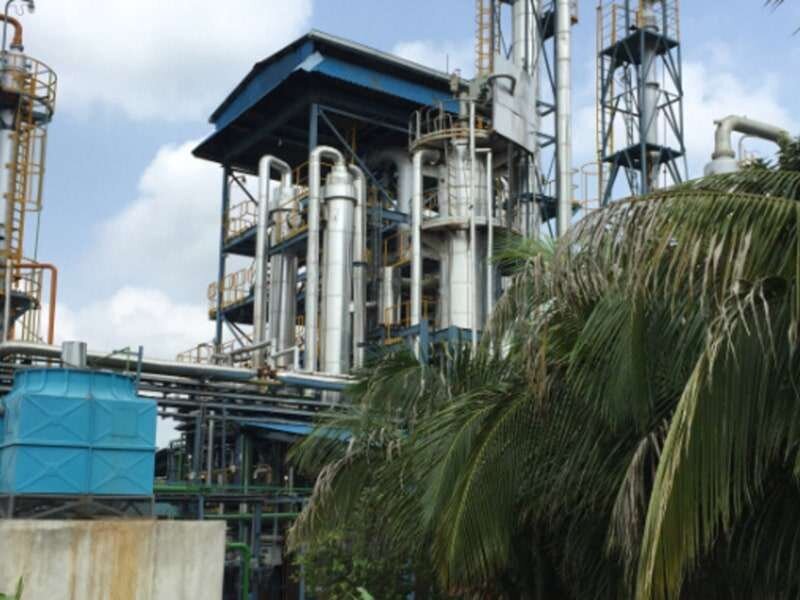
Waste to Energy
Waste-to-Energy processes began to replace incineration in the 1970s, improving waste management systems through a large reduction in the volume of waste transported and disposed of in landfills. Many WTE processes are still key elements of urban waste disposal systems and suppliers of power for local households and businesses.
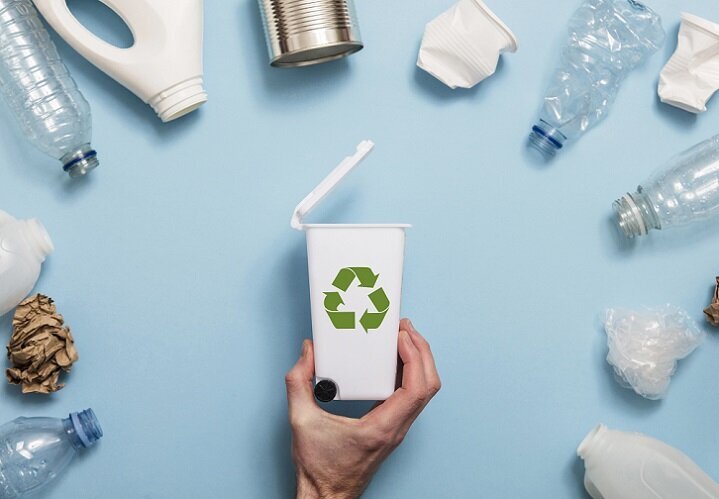
Sustainable Materials
New materials and packaging methods have opened the door to making the materials industry more energy efficient. Composite materials offer the promise of stronger materials at a lower cost than that of traditional manufacturing materials like wood and steel. Innovative packaging methods promise to make the $900 billion revenue packaging industry more sustainable in the future.

Building Materials
Sustainable building materials are used throughout the consumer and industrial industries to build without depleting value resources.

Water Management
Proper water management controls the movement of water resources to minimize damage to life and property and to maximize efficient beneficial use.
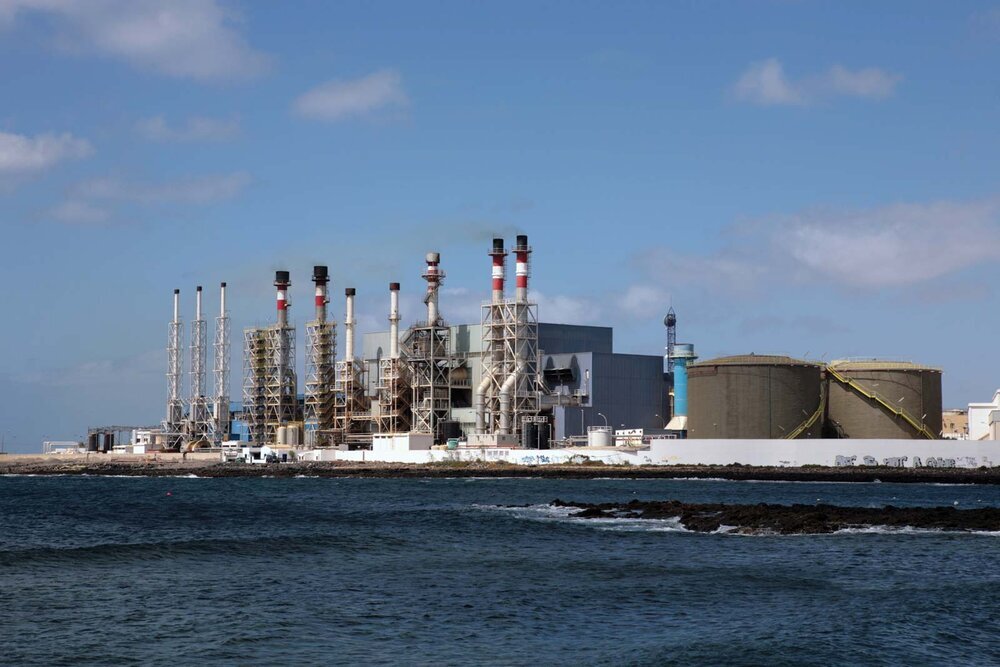
Water Treatment
Nearly 1 billion people do not have access to safe drinking water, and about 1 million people die every year from waterborne diseases. Proper water treatment allows for safe drinking water and the reduction of wastewater from damaged ecosystems.



















